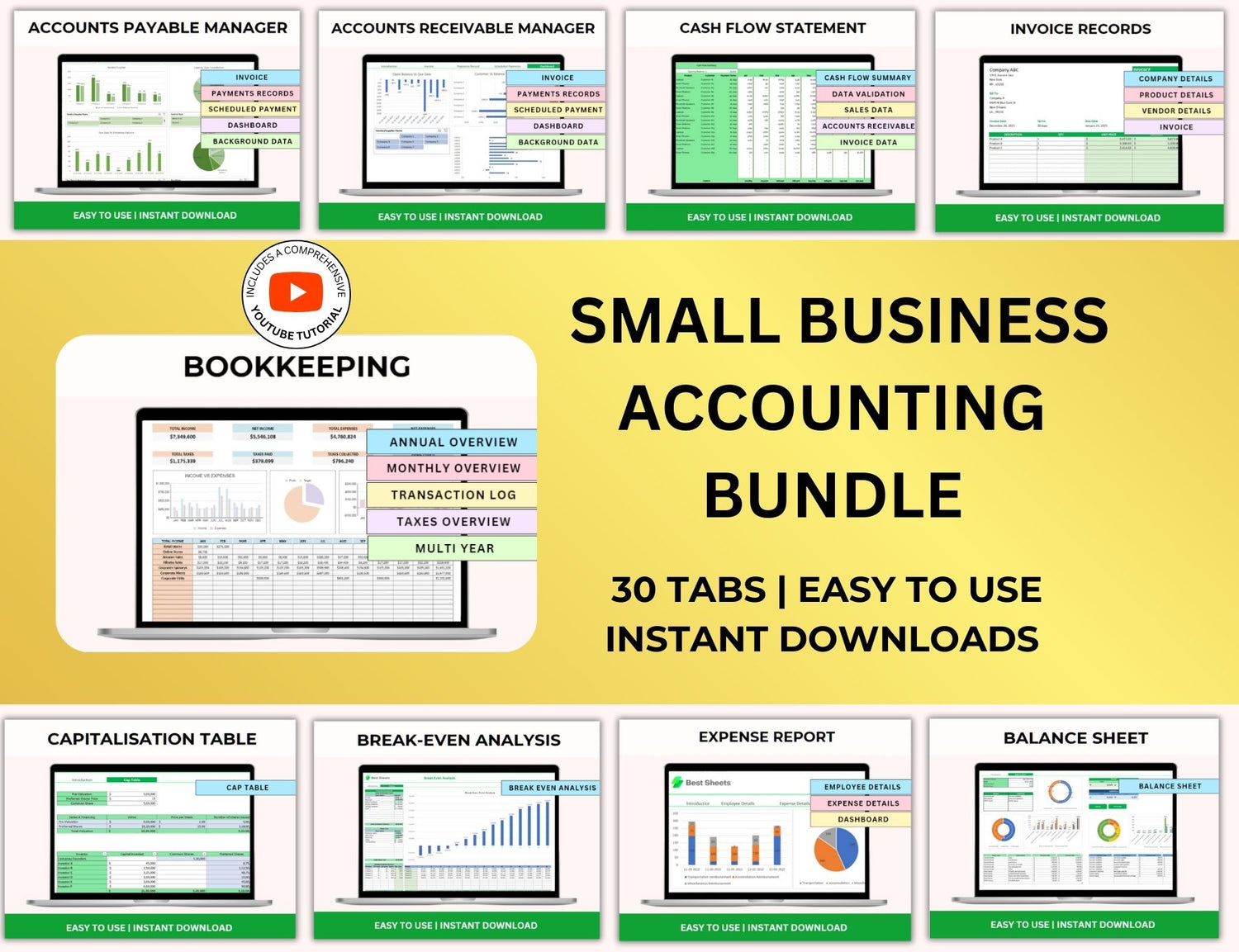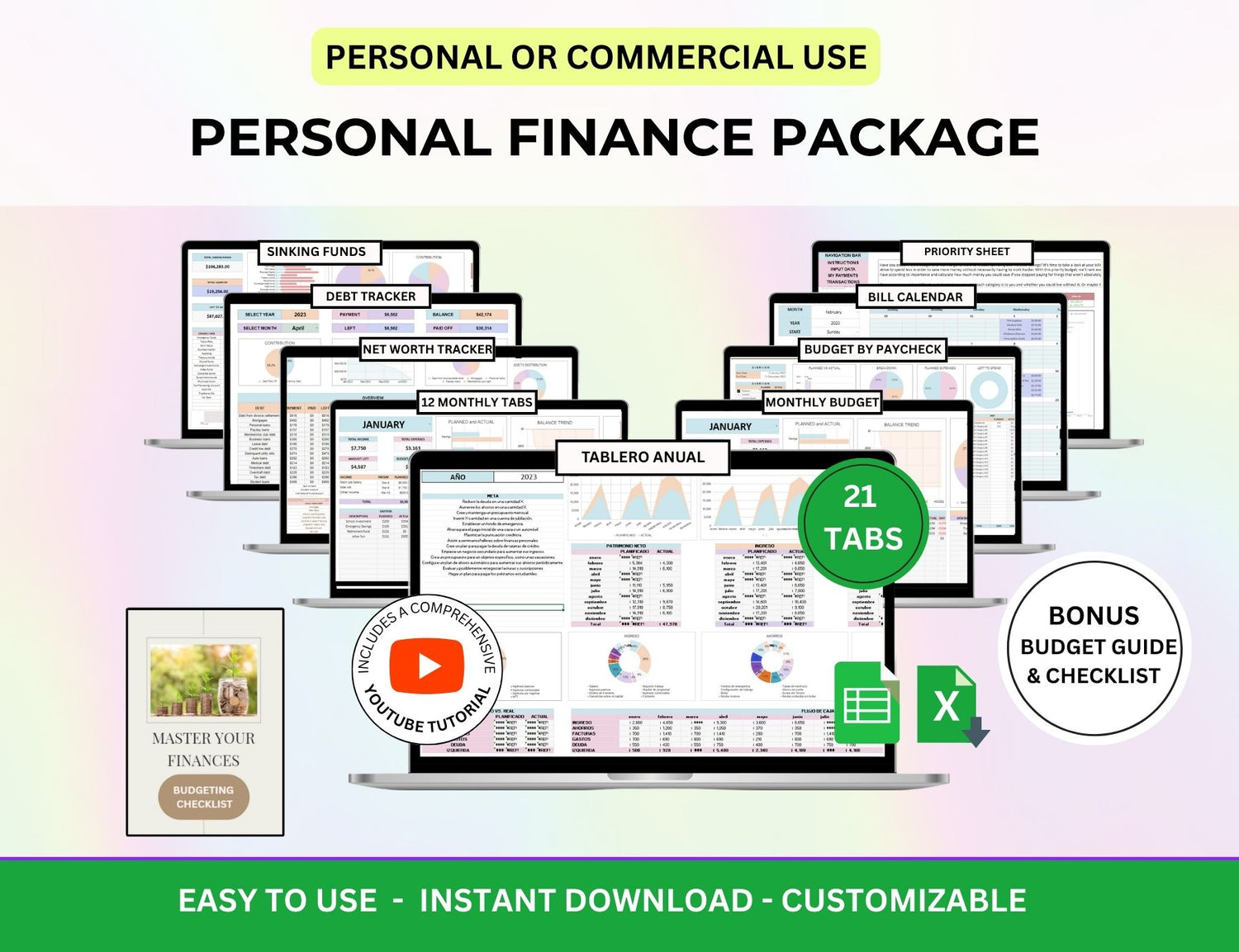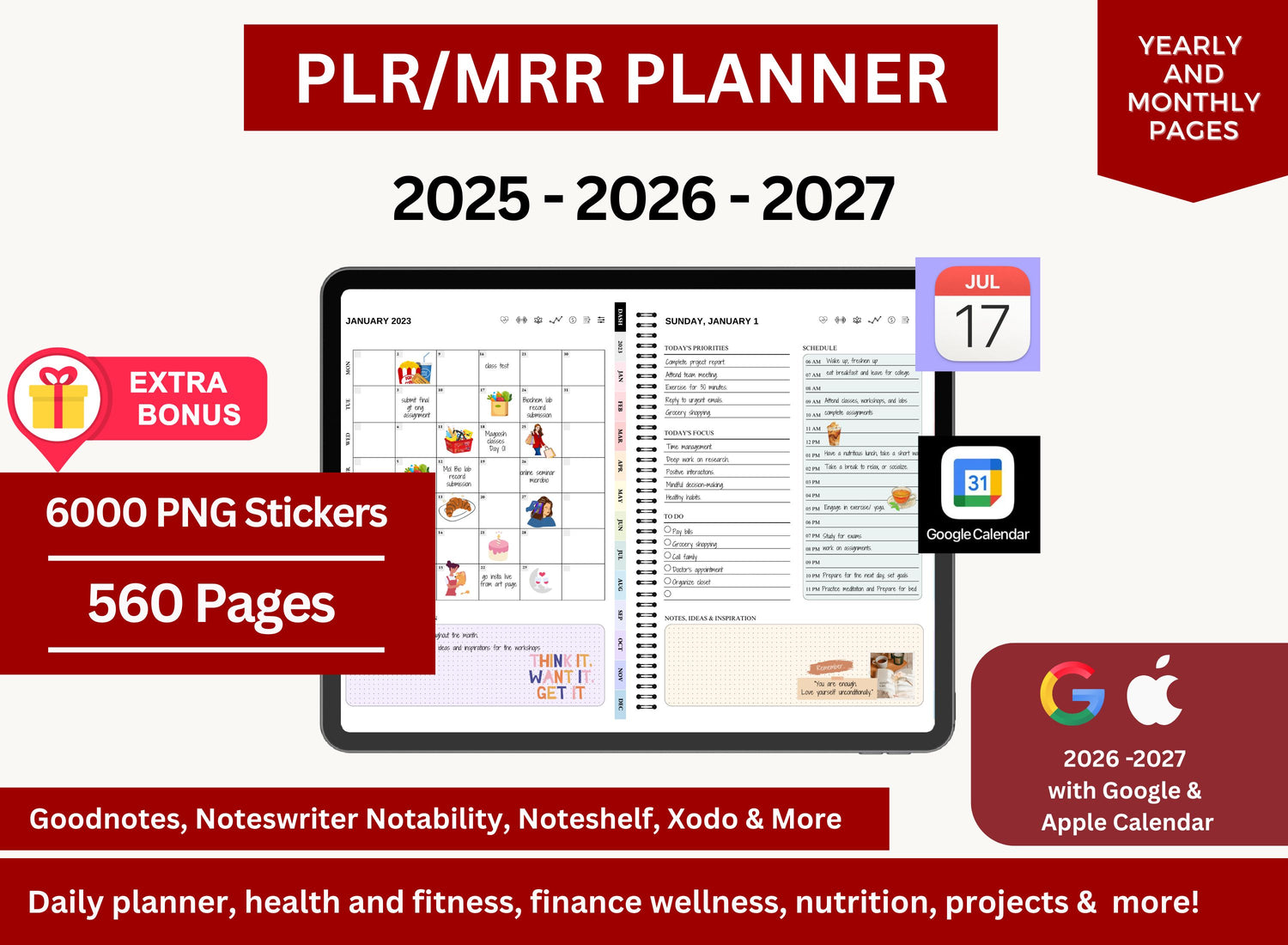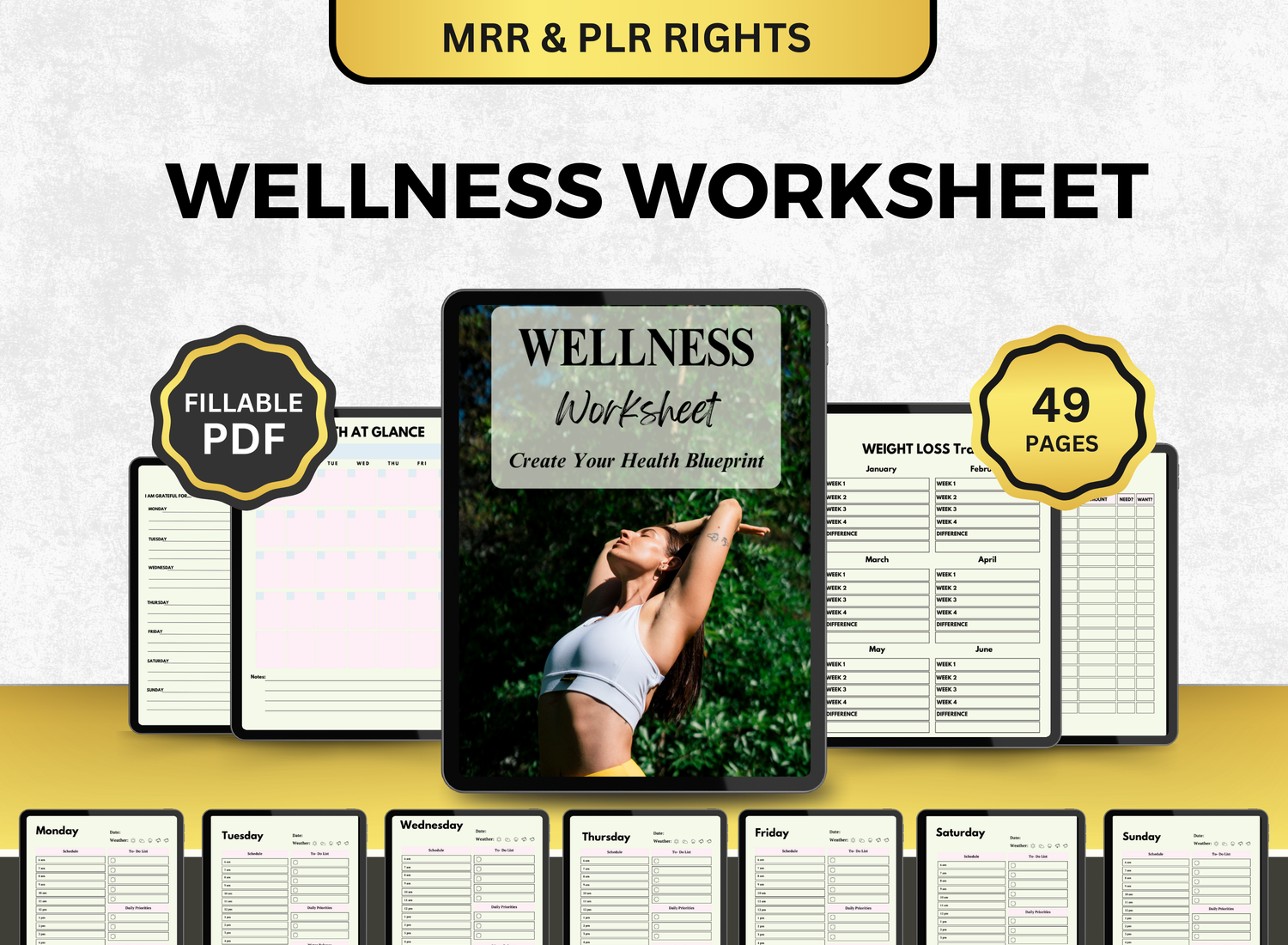Profit & Loss Excel Template Google Sheets Spreadsheet
One of the most useful tools for any company's success is profit and loss spreadsheets and excel templates. These spreadsheets provide the relationship between revenues, expenses, and profits, clearly showing financial ratios need to be maintained and organised. Personal finance, small business operations, and freelance work are some of the few versatile concepts where these spreadsheets can be used. You can effectively organize your financial data for profit and loss tracking with just a simple Excel sheet.
We will look into different types of profit and loss spreadsheets, their components, and how to utilize them in this article. As well as delve into providing practical examples to demonstrate their value and address some common questions regarding profit and loss statements. Check out this profit and loss statement spreadsheet if you are searching for a P&L template that is both ready to use and customizable.

📈What Is a Profit and Loss Spreadsheet?📉
A profit and loss spreadsheet gives you an overview of your earnings, expenses, and whether you made a profit or loss over a specific time frame, whether that’s monthly, quarterly, or yearly also, commonly called an income statement. With a profit and loss Excel sheet, you can assess how you're doing financially, spot patterns, and make smarter choices for your business.

📌Core Components of a Profit and Loss Template📌
The following essential elements are commonly found in a well-designed Excel profit and loss statement:
1. Income Section
⤷ Contains every source of income, such as sales proceeds, service charges, rental income, and other sources.
⤷ Enables users to monitor and classify gross revenue for improved analysis.
⤷ An example of this is businesses in the service industry like a bakery. They would need additional income sections not only for their product sales but also for their services offered.
2. Expense Section
⤷ Breaks down all business expenses, such as:
→ Cost of Goods Sold (COGS): Direct costs associated with product manufacturing or service delivery.
→ Operating Expenses: Rent, utilities, salaries, marketing, and supplies.
→ Miscellaneous Expenses: Bank fees, subscriptions, and other minor expenses.
⤷ Includes a customizable sheets feature for adding specific expense categories unique to your business.
3. Gross Profit
⤷ Calculates gross profit by subtracting COGS from total revenue.
⤷ A critical metric to evaluate your business's efficiency.
4. Net Profit or Loss
⤷ Calculates the bottom line by deducting all costs from all income.
⤷ Gives you a quick overview of how profitable or losing your company is.
5. Visual Summaries
⤷ Most of these types of templates have an added feature of data visualization, i.e., charts, graphs, or dashboards, to fully aid the user in understanding their business’ financial performance.
👉 Click here to get Profit & Loss Excel and Google Sheets Spreadsheet Template at limited time DISCOUNTED PRICES
📑Types of Profit and Loss Trackers📑
Selecting a profit and loss sheet that is specific to your operations is crucial because no two businesses are alike. These are the most common types:
1. Simple Profit and Loss Spreadsheets
⤷ Ideal for freelancers and solo entrepreneurs.
⤷ Contains basic fields for tracking income and expenses without complex calculations.
2. Small Business Profit and Loss Templates
⤷ Includes fields for cost of goods sold, operational expenses, and net profit analysis.
⤷ Intended for small companies with several sources of income.
3. Monthly and Annual P&L Spreadsheets
⤷ Monthly Templates: useful for monitoring immediate performance and adjusting the budget.
⤷ Annual Templates: gives a yearly summary to help with long-term planning and tax filing
4. Customizable Profit and Loss Excel Sheets
⤷ Users can modify formulas, add or delete categories, and change the appearance of these templates to suit their requirements.
5. Industry-Specific Templates
⤷ Due to how versatile it is, it can easily be tailored to certain businesses such as retail, real estate, and e-commerce. An example of this is the use of this template in real estate; it is easy to find a P&L spreadsheet that offers sections for rental income, cost of property upkeep, and sales commissions.

🧮Benefits of Using a Profit and Loss Statement🧮
1. Clear Financial Insights
An organized view of your money is provided by a profit and loss statement, which makes it simpler to spot profitable endeavours and manage spending.
2. Budget Planning
You may enhance your financial health by making adjustments to your budget by monitoring your income and expenses over time.
3. Tax Preparation
An accurate record of your financial activity is provided by a P&L spreadsheet, which makes tax filing easier.
4. Customizability
Although templates are pre-formatted, they are also incredibly customizable and can be modified to fit the user’s needs or to match a business’ BMC components.
5. Affordability
Server-based programs like MS Excel or Google Sheets are highly accessible and are relatively cheaper than accounting softwares—making it a perfect alternative for small businesses or initiatives.

🔍Top 10 Frequently Asked Questions About Profit and Loss Spreadsheets🔍
1. What is the difference between gross profit and net income?
╰┈➤ˎˊ˗ Gross profit is the total earnings after product manufacturing costs are deducted, whereas net income is the total income after the deduction of all expenses (i.e., taxes, labor costs) and interest from gross profit. This means that while gross profit focuses on the total manufacturing costs, net income focuses on the business' overall financial state.
2. How often should I update my profit and loss sheet?
╰┈➤ˎˊ˗ For a profit and loss sheet to be effective, the user must update the spreadsheet on a regular basis. Although this would sometimes be dependent on the amount or frequency of business transactions, it is still recommended to update the spreadsheet either once a month or quarterly. However, if this is for personal finances, a regular monthly update is enough and is highly recommended.
3. Can I use a profit and loss sheet for personal finances?
╰┈➤ˎˊ˗ Yes, profit and loss sheets can also be used for personal finances. The main purpose of a P&L sheet is to analyze a person or organization’s financial situation or performance—meaning as long as revenue and expenses are logged then it can be useful. For personal finances, revenue can look like the user’s income or commissions, while their expenses could be in the form of rent, utility bills, etc..
4. How do I categorize my expenses in a profit and loss sheet?
╰┈➤ˎˊ˗ There are many ways expenses can be differentiated but one of the ways it can be categorized is through the distinction between static and fluid expenses. Fixed expenses are the expenses that must be paid regularly like rent or insurance. On the other hand, variable expenses are expenses that do not necessarily need to be paid as regularly or frequently like marketing or office supplies. Distinctions like this example can assist the user in identifying which areas are costing a lot more than others and which you can save money on.
5. What is profit and loss in Excel?
╰┈➤ˎˊ˗ A profit and loss sheet, also known as a P&L sheet or an income statement, is the overview and analysis of a business’ financial performance in a specific time period. This can be either monthly or annual. The main purpose of this is to identify the financial state of the company—if either the company is profiting or if they should cut losses. This template has a few key components like revenue, expenses, gross profit, etc.. And like any financial tracker, a net positive result represents profit while a net negative result indicates a loss.
6. What is a profit and loss sheet used for?
╰┈➤ˎˊ˗ The main use of this template is to act as a central document for overview and analysis of a business’ financial state. This is usually achieved through five key points. First, it provides documentation for financial research. Through a regular update, users can quickly visualize the business’ performance and evaluate its profitability. Second, it assists users in creating informed decisions for their business (i.e., cutting costs, investment strategies, etc.) through the presented data. Third, it acts as a basis for budgeting and establishing financial objectives as it documents the historical performance of the company. Fourth, it assists in tax filing. Fifth, it acts as a financial summary for investors and stockholders to assess.
7. Can a profit and loss sheet help me with taxes?
╰┈➤ˎˊ˗ Yes, a profit and loss statement can make tax preparation easier by presenting an ordered breakdown of income and expenses. It helps you understand your taxable income and any deductions you may be entitled to.
8. How to make a P&L?
╰┈➤ˎˊ˗ Creating a profit and loss statement in Excel is simple. First, create a new workbook and name it accordingly, such as "Profit and Loss Statement." Then, organize the structure with headers for revenue, cost of goods sold (COGS), operating expenditures, and net profit or loss, arranging columns to indicate time periods such as months or years. Enter all income sources, such as sales and services, to compute total revenue. Then, deduct COGS (material, labor, and production costs) from revenue to get gross profit. To calculate operating profit, add up operating expenses like as salary, rent, and marketing and deduct them from gross profit. Finally, deduct all expenses (COGS and operational costs) from total revenue to calculate net profit or loss. Review and format the sheet for clarity, using Excel formulas like SUM() to automate calculations and highlight key figures.
9. What are the advantages of using a profit and loss spreadsheet?
╰┈➤ˎˊ˗ A P&L sheet has a lot of advantages. However, in summary, this template aids the user not only in tracking revenue and expenses but also in analysis of business profitability. Through this analysis, it also helps the user to manage cash flow and in making informed financial choices. Documentation through financial tracker like a P&L sheet also aids in tax filing and establishing future goals.
10. Can I share my profit and loss sheet with my accountant or business partner?
╰┈➤ˎˊ˗ Yes, you may easily share your profit and loss Excel sheet with others by uploading it to cloud storage or emailing it. Many templates also allow you to give others access for real-time collaboration.








